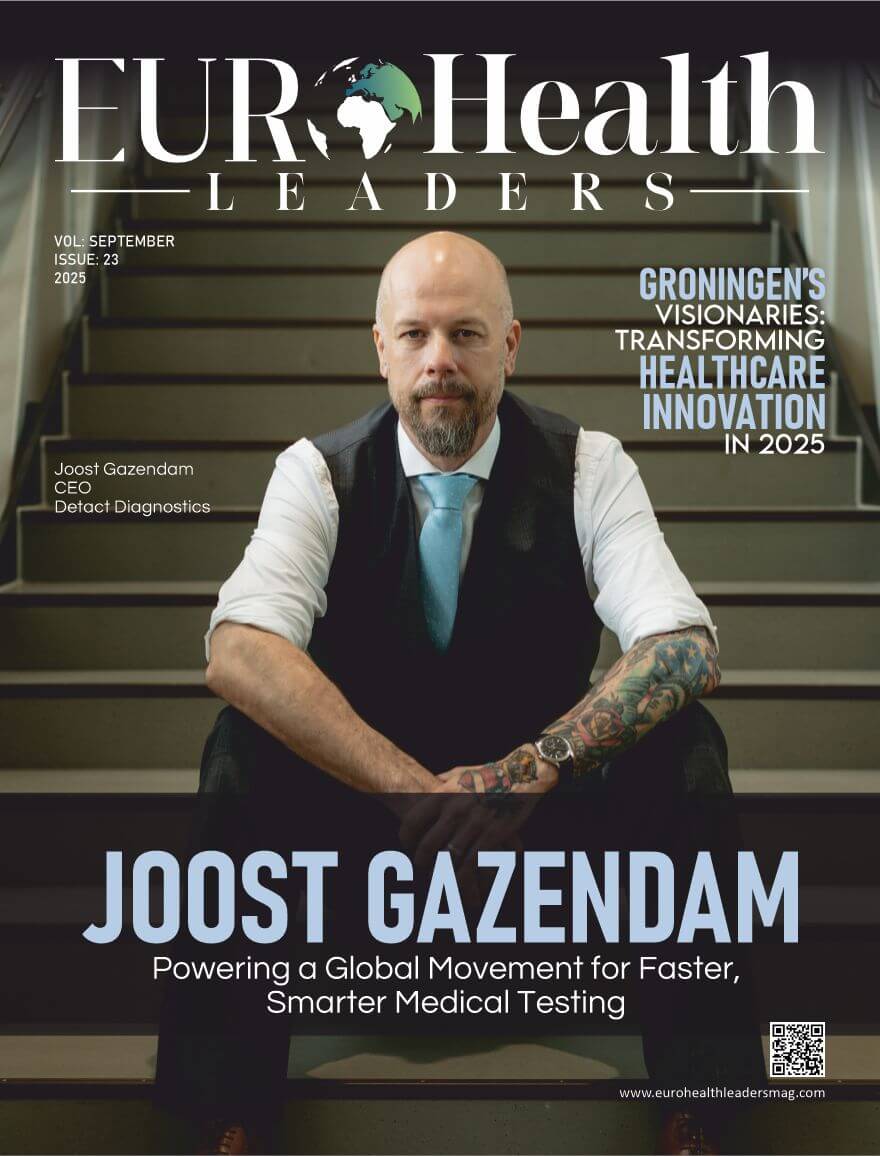The health care industry stands at a crossroads, confronting unprecedented challenges that require extraordinary leadership. From rising expenditures and technology disruptions to human resources shortages and shifting patient expectations, health care leaders must navigate through a complex landscape to deliver sustainable, quality care. Leadership is not just about running business but about driving innovation, developing resilience, and aligning disparate stakeholders in a shared vision.
This article explores the pivotal role healthcare leadership has to play in surmounting those challenges and shaping the future of the industry.
Understanding the Challenges
The health care sector is faced with a convergence of pressures that test organizational agility. Rising costs, driven by an expanding population and rising rates of chronic diseases, strain budgets and force tough resource allocation decisions. Technology advances promise much but pose challenges—EHRs and telemedicine are costly and demand culture change. At the same time, staff shortages, driven by burnout and a growing proportion of older workers, threaten delivery of care.
Both dilemmas are interconnected, and it demands leaders to undertake systems thinking. Leadership is to be oriented towards thinking ahead and anticipating disruption, aligning the resources, and establishing the culture where there is innovation and patient-centered care.
Visionary Healthcare Leadership: Setting the Course
At the forefront of addressing these challenges is visionary leadership. Leaders must articulate a clear, compelling vision that unites stakeholders—clinicians, administrators, patients, and policymakers. This vision must put patient outcomes first as it opens itself to innovation and fiscal responsibility. For example, leaders at Cleveland Clinic have been leading a patient-first model, where they have included data analytics for enhanced care coordination, resulting in reduced readmission rates and improved chronic disease management.
Transformational leaders also drive cultural change. Adopting new technologies like artificial intelligence (AI) for diagnostics or blockchain for secure sharing of data requires dismantling silos. Leaders must be examples themselves, fostering a learning culture. They send employees for training and cross-functional collaboration to get teams equipped to utilize emerging tools in the best possible way.
Strategic Decision-Making and Resource Allocation
Healthcare leaders continually grapple with trade-offs—meeting short-term demands with long-term investments. Strategic decision-making requires giving priority to initiatives that harmonize with organizational objectives. For example, spending on telehealth infrastructure might be budget-stretching in the short term but can boost access and lower costs in the long term. During the COVID-19 pandemic, leaders who quickly shifted to virtual care models ensured continuity of care while safeguarding patients and staff.
Resource management also extends to human capital. Workforce shortages are solved with outside-the-box thinking—mental health counseling, flexible work schedules, and loan forgiveness can recruit and retain individuals. Diversity in the hiring process should be battled for by leaders, too, because diverse teams are better at decision-making and patient satisfaction.
Embracing Technology and Innovation
Technology is a double-edged sword in the practice of medicine—it holds great potential to revolutionize, but must have strict integration. Leaders are tasked with seeing that technology serves patients and doctors, not buries them further. For example, poorly designed EHR systems can infuriate clinicians, lowering productivity. Effective leaders engage frontline staff in embracing and implementing technology, making systems user-friendly and integrative into the clinical process.
AI and predictive analytics are redefining the provision of care. Mayo Clinic leaders used AI to predict patient decline and enable interventions beforehand. Ethical consequences—algorithms’ bias, data privacy—must be tracked, however. Leaders must establish governance systems to direct technology so that it will be used responsibly, maintaining trust with staff and patients.
Building Resilience and Flexibility
The volatility of healthcare, brought into focus by events like the COVID-19 pandemic, demands strong leadership. Strong leaders develop organizational agility, enabling rapid response in crisis. This includes scenario planning, cross-training staff, and establishing supply chain redundancies. Hospitals with agile leaders quickly reconfigured departments for surge capacity, sourcing PPE from alternative suppliers.
Leaders must make mental health investment a priority, cultivate help-friendly environments, and remove the stigma around seeking help. Through showing self-care and empathy, leaders promote a culture in which employees feel valued and supported.
Engaging Stakeholders and Advocating for Change
Healthcare operates in an interdependent web of stakeholders—payors, providers, patients, and regulators. It requires leaders to be effective communicators, forming coalitions to bring about systemic change. Involvement of patients in shared decision-making improves trust and adherence to treatment. Value-based care models can be created by collaborating with payors, rewarding outcome over volume.
Advocacy is also necessary. Leaders must craft policy to fix systemic issues like reimbursement reform or staffing shortages. For example, advocating for more telehealth reimbursement during the pandemic gave broader access to care. By advocating for their organization’s voice, leaders mold the outside world to meet their mission.
Conclusion
Healthcare leadership’s role in working through industry challenges is multifaceted, requiring vision, strategic ability, and resilience. Leaders will need to balance short-term pressures against final change, employing technology and innovation to flex systems while prioritizing people—providers and patients. By embracing flexibility, engaging stakeholders, and encouraging systemic reform, they can lead their organizations through storm into a world where health care is fair, efficient, and patient-centered. The challenges are daunting, but through courageous, empathetic leadership, the industry can not only endure, but thrive.










